Improving extended nip press (ENP) performance and blanket life
Mar 31, 2020
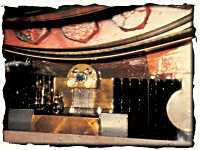
Extending blanket life
The blanket, or belt, is the central maintenance concern of the Extended Nip Press. The blanket transmits the high lineal loads of the Extended Nip Press to the felt and paper while shielding them from oil. This key component’s average life span can vary widely and can be prohibitively expensive to replace - depending on size and design.
A urethane coating prevents oil from permeating the blanket’s fabric and leaking through to the felt where it can ruin both felt and paper. A marred shoe, debris, or poor lubrication can cause blanket damage and reduce its life. Thicker blankets are now used to prolong blanket life and increase dewatering. In addition, Extended Nip Press design modifications have improved press efficiency and slowed blanket wear by providing:
- Greater protection from foreign materials entering the shoe module
- Improved oil application to the blanket
- Positive alignment
- Proper shoe radius
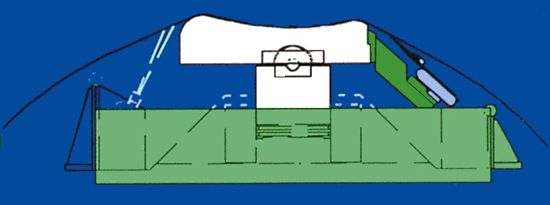
ENP shoe and piston block
Before design changes, debris or paper wads entering the press section could enter the blanket loop or shoe module. Either can increase blanket wear by causing a disruption of lubrication to the blanket. The blanket should be periodically checked for damage or excessive wear to the urethane coating. In addition, during each blanket change, inspect the shoe surface and parts associated with the lubrication process to be sure they are undamaged and clear of debris. Damaged shoe, lubrication applicators, contaminated oil, improper shoe radius, and misalignment will increase blanket wear.
Improved performance
The additions of a lubrication shower and brush seals are two primary lubrication design upgrades that can help increase blanket life. A layer of lubrication that prevents the blanket from touching the shoe surface hinders blanket wear caused by friction and heat. Clean oil must be uniformly applied to the blanket before it enters the load zone of the shoe. If the blanket is not properly lubricated, increased friction, grooving and other problems can occur.
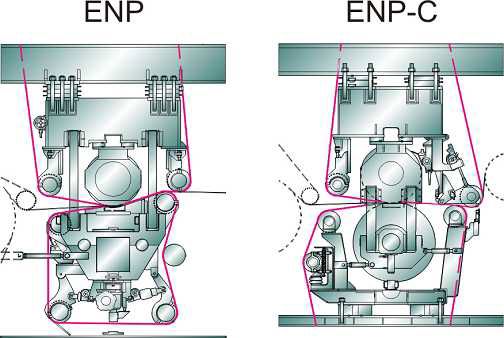
ENP vs. ENP-C
Typically, a lube pan distributes oil onto the blanket before the press load zone. However, higher machine speeds can cause turbulence in the lube pan, causing uneven oil distribution. Also, debris can enter the open pan, contaminating the oil. This debris can also prevent the oil from being applied to the blanket. To address these problems, a lubrication shower can replace or complement the lube pan. This shower consistently applies oil uniformly across the blanket’s surface, and, with proper filtering; the effects of debris-contaminated oil are eliminated.
The brush seals, which surround the shoe module and oil application areas, complement the shower. They act as a barrier to keep debris out. Since the oil is cleaner, it can be used longer; however, a periodic oil analysis should be done to check for contaminants and verify oil quality. In addition, the brush seals significantly reduce oil loss by confining the oil, which may mist or drip, within the lubrication area. Oil loss and oil misting can be reduced further by also adding shoe-mounted blanket wipes. These wipes significantly reduce the amount of residual oil that remains on the blanket.
Upgrade solutions for open ENP
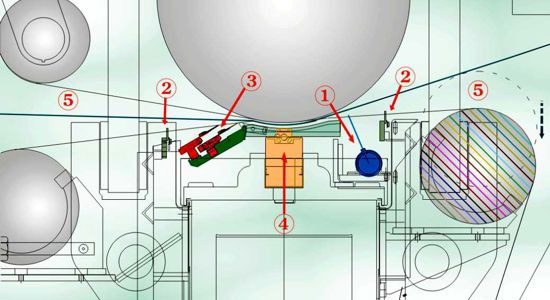
ENP upgrades
- Oil lubrication shower
- Belt brushes
- Belt wipes
- Loading piston upgrades
- Geometry optimizations
Improving blanket life, felt life and sheet properties
Other design changes concern the loading piston block and shoe radius. While lubrication makes the blanket run smoothly, a functional loading piston block and correct shoe radius will provide uniform press loading. This ensures the exceptional sheet moisture profiles for which Extended Nip Presses are known.
Some open Extended Nip Presses suffer from blanket wear near the shoe edges. Some of this blanket-edge wear can be associated with the applied load near the shoe ends. Modification to the loading piston and block can significantly decrease this wear at the blanket edges.
As machine clothing and blanket suppliers improved products, felt or blanket thickness changes often resulted. Since the shoe radius is a fixed radius, little changes in the "radius build up" can have a large impact in the nip pressure profile. If the shoe radius is too large, the shoe press performs like a roll press with high peak pressure profile. If the shoe radius is too small, the shoe press performs like two roll presses with two peak pressure profiles. Either way, sheet properties and clothing life decrease resulting in poor performance. Proper radius geometry analysis and modifications to the shoe can significantly improve sheet properties, felt life and blanket life.
ENP nip pressure profile
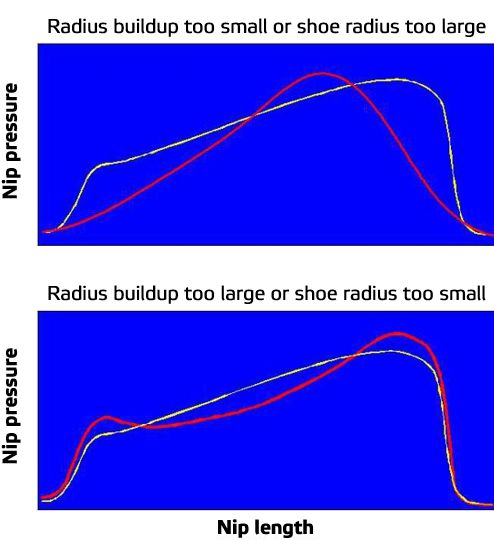
Extended nip pressure profile
The Extended Nip Press has been a durable, high performer. These maintenance upgrades ensure it continues to provide the high-speed, high-load pressing for which it has earned its reputation.
For more information on open or closed extended nip pressing, maintenance and upgrades, contact your Valmet representative.